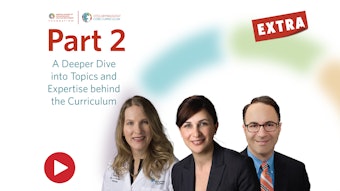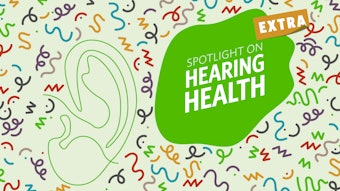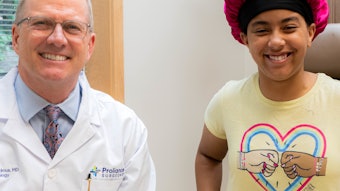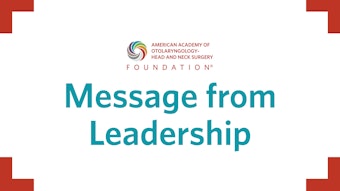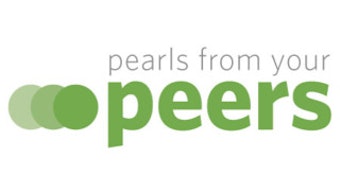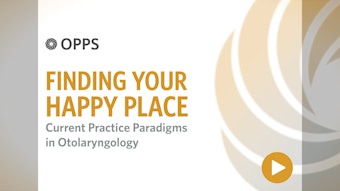Perspective: Employing Allyship to Move from Good Intentions to Action
An introspective exploration into why allyship is an important and necessary contribution to health equity.
Kevin C. McMains, MD, on behalf of the Diversity and Inclusion Committee
 Kevin C. McMains, MD
Kevin C. McMains, MD
Authors like Austin Channing Brown, Ta-Nehisi Coates, James Baldwin, Professor Ibram X. Kendi, PhD, and Clint Smith have been my teachers. Colleagues and trainees have also become my teachers, generously sharing their perspectives despite my self-conscious and unintentionally offensive questions.
My guess is that I may not be alone in perceiving comments like that of my colleague as a diminishment of my own struggle to achieve success. What I have come to understand is that while I may have faced personal headwinds, others face systemic headwinds because of their demographic categories. By virtue of being tall, male, heterosexual, cisgendered, and white, I experience privilege. Privilege isn’t a bad word; it’s a description. By virtue of my demographics, the systems that I work in and individuals I work with will respond more favorably to my efforts than those of others. I am given the benefit of the doubt where others meet only doubt.
In his book, “How to Be an Antiracist,” Dr. Kendi makes the argument that inaction perpetuates inequity.1 Only active efforts will bend systems toward more equal treatment of all.
“No one wins unless everybody wins.” -Bruce Springsteen
Now that I know these things to be true, I cannot un-know them. My good intentions and feelings of goodwill count for little unless they are put into action. As someone who believes deeply that the American dream should be open to all, I am faced with the question: What can I do in the face of this imbalance? One answer to this question is: become an ally. Anne Bishop defines an ally as an individual from a dominant group who seeks to end oppression by actively engaging in improving the lives of marginalized individuals through intentional and conscious efforts.2 For those like me who want to be a trustworthy ally but are frozen by a fear of “getting it wrong,” Arif et. al. provide the “Characteristics of an Authentic Ally”.3 I have reproduced these characteristics with my added commentary below:
1. “Expect to make (a lot of) mistakes”
This is an opportunity to be explicit about our intent and solicit honest feedback about intended and unintended effect. My receptiveness to corrective feedback may well be viewed as a litmus test of my trustworthiness as an ally.
2. “Seek to learn more and engage with others”
Acknowledge that our trainees and colleagues are the experts on their own experience. Ask humbly in an effort to understand.
3. “Listen more, talk less”
Related to #2, truly listening signals that I value the other person and sets the stage for understanding.
4. “Say something, even if it is uncomfortable”
When I have asked colleagues what tangible actions I can take as an ally, this is the answer I have heard most consistently. There is an aphorism, “We promote what we permit.” There is a high likelihood that, if I feel uncomfortable with an interaction, others may feel similarly. This is an opportunity to use my influence to signal the importance of inclusion.
5. “Amplify suppressed voices before your own”
If I am in a position to be listened to, this provides an opportunity to highlight the ideas and contributions of colleagues who might not otherwise get “airtime.”
6. “Become a professional sponsor, or expand your sponsorship to a more diverse group”
This involves putting my “stamp of approval” on a colleague or trainee, advocating for them to be considered for opportunities. This could involve personal risk to reputation.4
7. “Do more than be an ally, become an advocate”
In the words of Arif et al., you can be more than an ally when you “Acknowledge and use your privilege to participate in … controversial situations on behalf of students, faculty, and patients who cannot afford to because the repercussions for them are so much greater or because no one else will.”
Many of you are familiar with the “Quintuple Aim,” a framework to optimize healthcare systems.5 The fourth and fifth elements of the Quintuple Aim in healthcare are clinician well-being and health equity. Success at the systemic level relies on the cumulative impact of multiple, repeated individual efforts. Allyship provides a roadmap of actions that those with privilege can take to bend our workplaces toward an equitable and inclusive vision.
References
- Kendi IX. How to be an antiracist. New York: One World New York; 2019.
- Bishop A. Becoming an ally : breaking the cycle of oppression in people. 2nd ed. London, New York, Halifax N.S.: Zed Books; Fernwood; distributed in the USA exclusively Palgrave London, New York, Halifax N.S.; 2002.
- Arif S, Afolabi T, Mitrzyk BM, Thomas TF, Borja-Hart N, Wade L, et al. Engaging in Authentic Allyship as Part of Our Professional Development. Am J Pharm Educ. 2022;86(5):8690.
- Raphael JL. The Role of Sponsorship in Achieving Workforce Diversity in Academic Pediatrics. Pediatrics. 2019;144(2).
- Itchhaporia D. The Evolution of the Quintuple Aim: Health Equity, Health Outcomes, and the Economy. J Am Coll Cardiol. 2021;78(22):2262-4.
